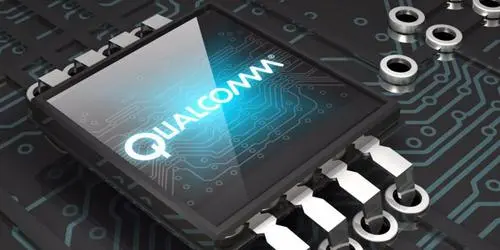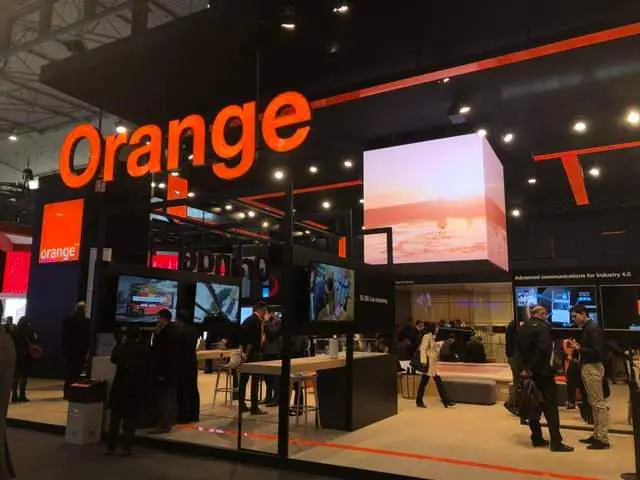The year 2020 can be a year of rapid development of the Internet. In this year, we saw a large number of mobile phone manufacturers released their 5G phones, bringing the mobile network into a new era. In addition to the 5G network, the birth of the Wi-Fi 6 also allows more consumers to experience the convenience brought by the high-speed wireless network.
With the proper of manufacturers, the price of Wi-Fi 6 router also gradually became populist. Just in a year, the price of Wi-Fi 6 router dropped from about 100USD to less than 44USD. Coverage rate and penetration rate are were correspondingly higher. Just when everyone thought it is not until five or six years later will Wi-Fi 7 come out, many manufacturers have announced the next layout of Wi-Fi 7 network technology. TP-Link, one of the giants in the wireless networking market, recently launched the "world's first" Wi-Fi 7 router, the BE 900, for $699.99.
According to the official parameters, the performance of the new TP-Link router can only be described as charmingly “horror”. BE 900 adopts a four-frequency design (dual 6GHz band), providing two gigabit hybrid network ports, 4 pcs 2.5 G LAN ports and 1 gigabit LAN port. In addition to USB 2.0 / 3.0 Type-A, the interface is the most on the market.
How fast is the Wi-Fi 7?
As the name suggests, Wi-Fi 7 is the seventh generation Wi-Fi network technology, the official standard name is 802.11be. It has another name called EHT, whose full name is Extremely High Throughput, meaning extremely high throughput.
From the nomination, we can probably infer that Wi-Fi 7 has a huge improvement in data throughput. According to the data released by foreign media, with the support of technologies including 320 MHz bandwidth, 4K QAM, and enhanced MU-MIMO, the highest theoretical rate of Wi-Fi 7 can reach 46 Gbps, which is more than three times than that of the Wi-Fi 6. Whileat present, the frequency of the fastest computer wired network interface is about 40 Gbps. To some extent, the emergence of Wi-Fi 7 can replace some wired network interface, but only refers to the network transmission speed.
However, we all know that no matter how fast the Wi-Fi 7 network is, it is impossible to reach the 46 Gbps speed in our real life, which is under the limitation of broadband, routers and other network environment factors. Can Wi-Fi 7 give us any practical improvement in any other way, as it may not reach the expected speed?
The answer, of course yes. The improvement brought by the mainstream Wi-Fi 6 network in wireless networks is not speed, but network stability. The main reason is that Wi-Fi 6 can support dual-band signals, including “2.4G SSID” and “5G SSID”.
In fact, the 2.4GHz band in Wi-Fi 6 is mainly designed to meet those appliances that can be connected to the Internet. While the 5GHz frequency band mainly provides higher network speeds for consumer mobile phones, computers, tablets and other devices. The design of two SSID can greatly reduce frequency "traffic" occurs under the same frequency number, and give us a kind of Wi-Fi 6 network experience is much better than before.
Wi-Fi 7 will improve the band support capability, which can not only support 2.4GHz and 5GHz, but also support the 6GHz band under the Wi-Fi 6E standard. This band has 1200 MHz spectrum bandwidth, enabling 7*160 MHz channels or three 320 MHz channels. The most important thing is that the 6GHz band has almost no interference, and terminal devices such as mobile phones and tablets can naturally obtain a faster and more stable network.
In addition, the Wi-Fi 7 has become more user-friendly, automatically switching between 2.4GHz, 5GHz and 6GHz based on the user's status environment, ensuring that users can get the best Internet connection experience under any circumstances.
Almost forgotten, Wi-Fi 7 has an epic change to Wi-Fi 6, which is to support collaborative scheduling between multiple APs. AP is a wireless access access point, the general router has 4 AP, it is difficult to meet the network needs of large families and some enterprises.
So consumers will require AC + AP or MESH network method to provide more AP service for the scene, but the number of AP is not the more the better, because between AP and AP can not achieve seamless switch, when your phone found the AP signal weak, will automatically switch to the next AP node, but the switching process is not seamless, even again good broadband, good router will produce a moment of card.
Wi-Fi 7 supports distributed MIMO technology. With the support of this technology, 16 data streams can be provided by multiple access points, so that multiple AP need to cooperate with each other, allowing the mobile phone can continuously open an AP node before connecting the upper and lower AP, so as to "kill" the moment in the cradle.
To sum up, Wi-Fi 7 upgrades to today's Wi-Fi 6 is mainly reflected in network stability and low latency, and the difference in network speed depends on what network environment you are in.
However, it still takes a long time for the Wi-Fi 7 to come out.
Of course, as an emerging technology, Wi-Fi 7 still needs a lot of time to be truly implemented and applied to various scenarios. After all, if the terminal wants to meet the Wi-Fi 7 standard to release its full potential, it must have the corresponding supporting equipment and network environment. In addition, although some Wi-Fi 7 AP products and routers on the market, personal terminals supporting Wi-Fi 7 make slow progress, and the low maturity of supporting terminals cannot play the large bandwidth, low delay and other improvements brought by Wi-Fi.
According to the forecast of the market and the fastest development of enterprises, Wi-Fi 7 may be much faster than we imagined. There will be a large number of Wi-Fi 7 AP shipments in 2023, and achieve large-scale popularization in 2025.
 The CEO from UK IoT Connectivity Company Visit Xiamen Honlly for Industrial Router/Mini PC/5G Router Business
The CEO from UK IoT Connectivity Company Visit Xiamen Honlly for Industrial Router/Mini PC/5G Router Business
 Mobile phone routers are prices? WiFi chip prices have quadrupled.
Mobile phone routers are prices? WiFi chip prices have quadrupled.
 Africa Launch the first 5G network
Africa Launch the first 5G network
 MWC 2023, Playing Variation of Operators’ Energy
MWC 2023, Playing Variation of Operators’ Energy